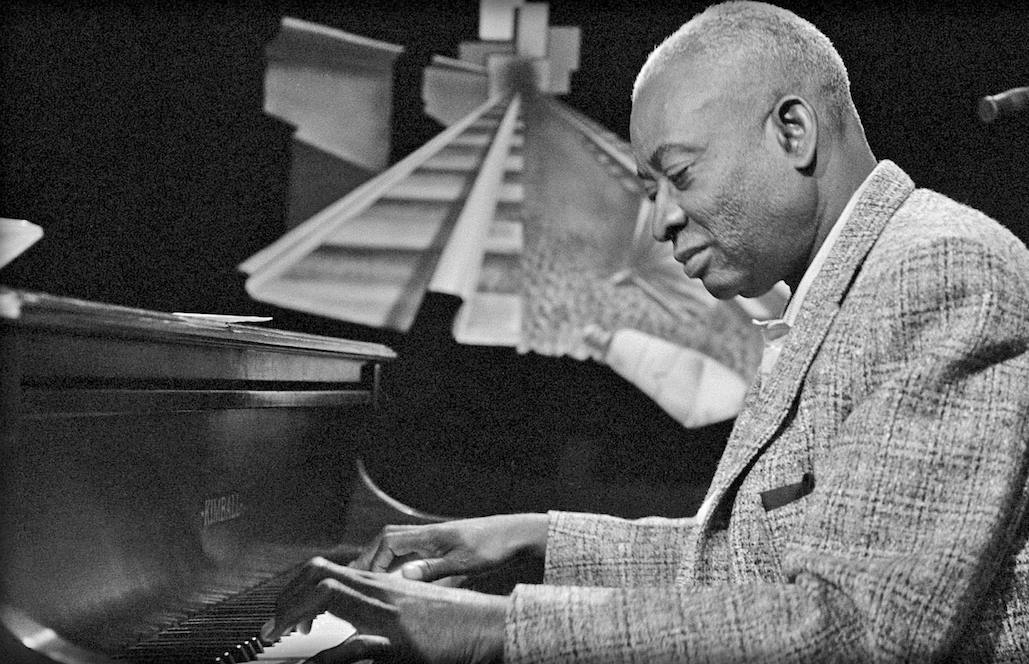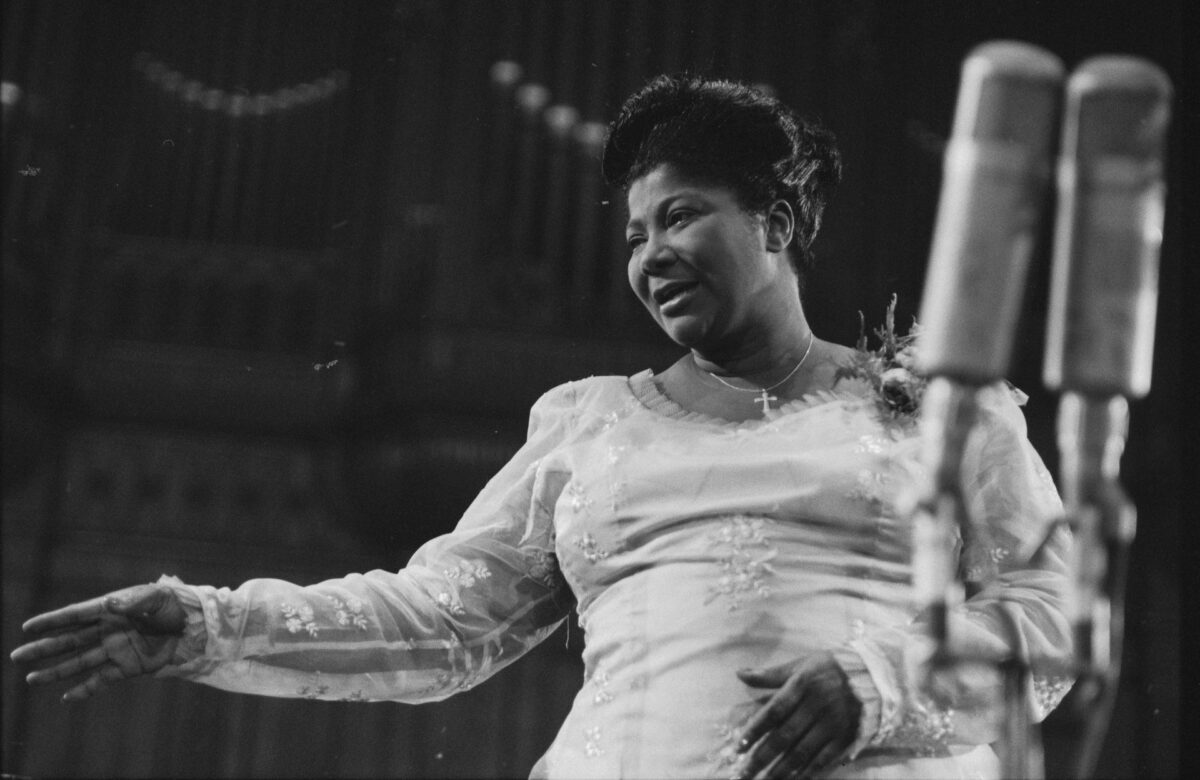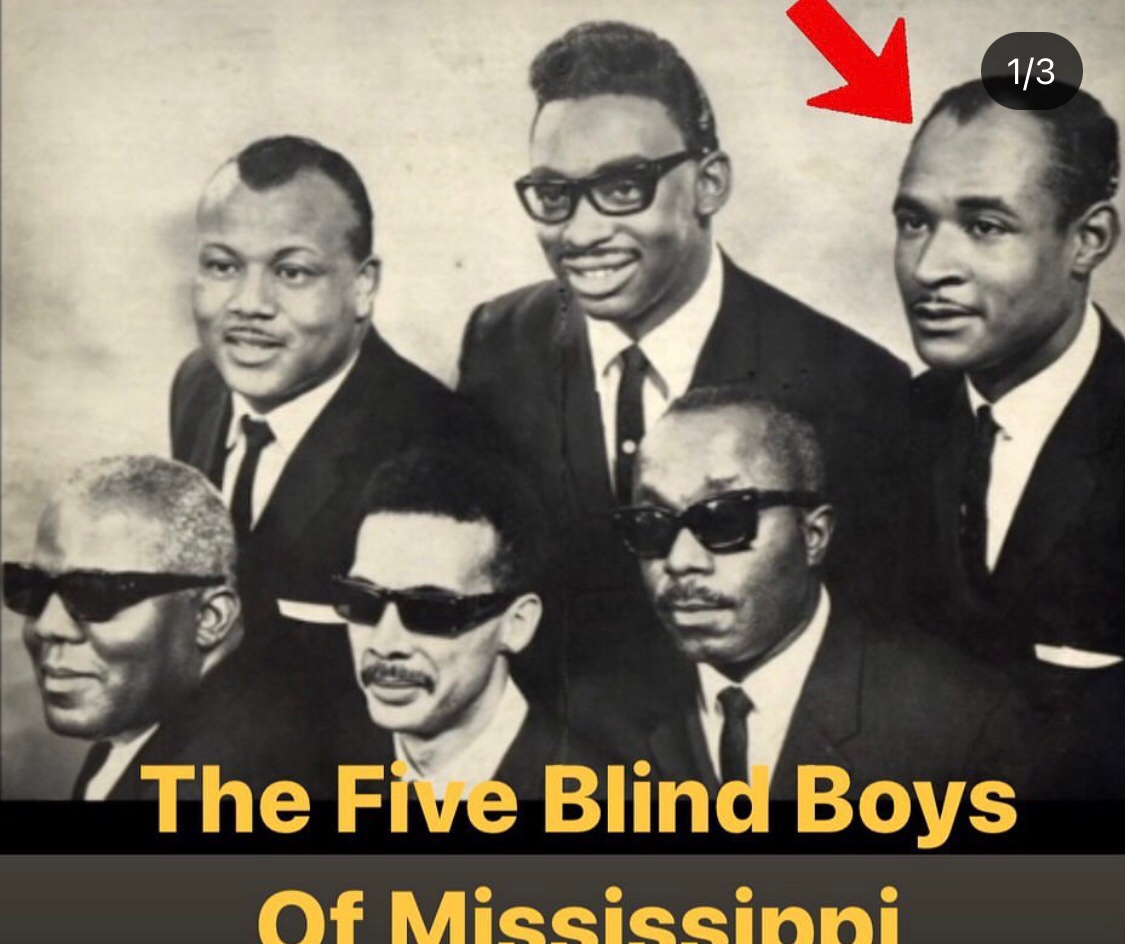Harlem Late Night jazz Presents:
Gospel Blues :1930
HARLEM LATE NIGHT JAZZ Presents:
Gospel Blues 1930
Deeply rooted in the rich traditions of Negro Spirituals and the African-American church. Gospel Music took form through the 1920s and emerged in the 1930s, propelled in part by the “great migration” of African Americans northward fleeing the oppressive south and the advent of radio. Historically, the Black church has been the cauldron from which African American artists emerge across all Jazz genres. It is where African American artists learn to “let go and let God.” The spiritual nature of the music permits what academics call improvisation. Improvisation (spirituality) is a necessary component of all forms of Jazz.
Gospel fuses blues and various other styles of jazz music with Negro Spirituals, hymns, and sacred songs. This music is primarily sung at church and is often accompanied by hand-clapping, foot-stomping, call and response, and shout.
Gospel Music evolved from Negro Spirituals but with new themes. The texts of many Negro Spirituals came from Old Testament themes and stories; the plight of the Israelites and their escape from bondage to the promised land. The 20th-century spirituals evolved into a more urban, often New Testament–centered, gospel sound. Gospel means “good news,” and this evolving Gospel Music focuses more on the blessings and promises of Jesus. Both offer something compelling to African-Americans. They hear their stories.
The traditional structure of gospel music shifted in the late 1930s when Thomas A. Dorsey, considered the ‘Father of Gospel Music,’ began working for Pilgrim Baptist Church in Chicago. A former jazz pianist and composer who had worked with famous artists like Ma Rainey. Dorsey created a new style of gospel music called “Gospel Blues,” which infused Blues into traditional gospel music. It was initially rejected; however, by the end of the ’30s, “Gospel Blues” won over acceptance as the new form of traditional Gospel Music.
At the heart of the gospel music tradition is the use of a choir. The gospel choirs followed the call and response format, similar to that used in virtually all forms of Black American music. The 1930’s also brought the rise of gospel quartets like The Five Blind Boys of Mississippi and The Five Blind Boys of Alabama. In addition to these high-profile quartets, many Black gospel musicians were performing in the 20s and 30s, usually strumming a guitar and singing in the streets of Southern cities. Four main styles of gospel music evolved: quartet style, traditional gospel, contemporary gospel, and praise and worship. These styles remain prevalent today.
In addition to Thomas Dorsey, some true giants contributed significantly to the development of gospel music, including Sister Rosetta Thorpe, James Cleveland, Juanita Dranes, Sallie Martin, and Mahalia Jackson, known as the ‘Queen of Gospel Music. Jackson’s powerful contralto-level voice remained a symbol of hope and freedom during the Civil Rights Movement of the 1960s. Jackson worked with Dorsey and mentored artists. One notable, Aretha Franklin, is widely regarded as one of the great Gospel singers of all time. James Cleveland sang under the direction of Thomas Dorsey. Cleveland founded Gospel Music Workshop Association (GMWA); he was the first gospel artist to record a live gospel LP and the first gospel artist to sell 50,000 albums.
Gospel pioneer Juanita “Arizona” Dranes was a blind female gospel singer and pianist. One of the first gospel artists to bring the musical styles of Holiness Pentecostal Music to the public in records for Okeh Records and performances in the 1920s. Dranes introduced piano accompaniment to Holiness Music, which had previously been largely a cappella, and accompanied herself in popular Boogie Woogie and ragtime styles. She was one of the first professional female gospel singers.
Sallie Martin, also a contemporary of Dorsey, is considered “The Mother Of Gospel Music.” She started singing in a Baptist church and later teamed up with Dorsey in Chicago. She founded a gospel publishing house and, with the Sallie Martin Singers, helped discover Ruth James, who became better known as Dinah Washington. Sister Rosetta Tharpe, a pioneer of rock and roll, has to be recognized as one of the first great gospel recording artists.
Gospel Music (through the Black church) has been and continues to be the major force in the creation of great African American Jazz artists. It is a “cultural glue” that connects a people, a voice for freedom and against oppression, and a spiritual call toward God. In a real sense, Gospel provides the lifeblood of Black American music.
Gospel Music notables are as ubiquitous as the Black church. A few include Sallie Martin, Sister Rosetta Tharpe, Kirk Franklin, Sam Cooke, Shirley Caesar, The Edwin Hawkins Singers, Andraé Crouch, Donnie McClurkin, Yolanda Adams, Kim Burrell, Hezekiah Walker, Marvin Sapp, The Winans, Israel Houghton, Tasha Cobbs Leonard, The Williams Brothers, The Clarke Sisters, The Mississippi Mass Choir, L.A. Mass Choir, Rance Allen and The Mighty Clouds of Joy to name a few.



Rosetta Tharpe
Donnie MxClurkin
Rance Allen